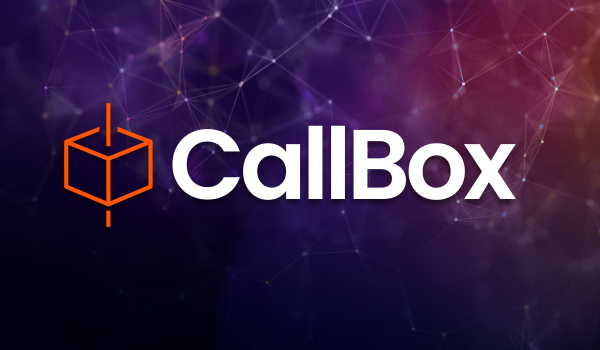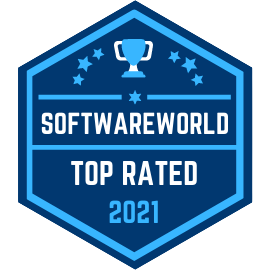Picture this: Your team has invested in modern reporting tools, set up cloud storage, and deployed a range of data connectors—yet business leaders still can’t get timely insights, data teams are overwhelmed, and analytics feels more reactive than strategic.
If that sounds familiar, you’re not alone. Despite increased investments in data infrastructure, many organizations are still battling fragmented systems, inconsistent governance, and data that’s stuck in silos. The result? Slow decision-making, limited AI adoption, and lost opportunities.
What’s holding organizations back?
The traditional data platform ecosystem was never built as a single, unified system. Instead, it evolved in pieces: cloud warehouses for storage, separate ETL pipelines, third-party reporting tools, and bolt-on governance. While each tool might be best-in-class, stitching them together creates complexity that slows progress.
Enter Microsoft Fabric
Microsoft Fabric represents a fundamental shift in how organizations think about data. Rather than relying on a patchwork of tools, Fabric offers a unified, AI-powered data platform that brings together data engineering, data science, real-time analytics, and business intelligence—all under one roof.
Why This Shift Matters
At its core, Microsoft Fabric solves three critical problems we see time and again in client environments:
- Disjointed data systems that don’t talk to each other
- Data teams overloaded with pipeline maintenance instead of innovation
- A growing demand for AI readiness—but limited infrastructure to support it
With Fabric, the goal isn’t just modernization—it’s acceleration. Let’s break down what makes it different.
A Foundation for the AI Era
OneLake: One Data Lake to Rule Them All
Fabric is centered on OneLake, a single, enterprise-wide data lake that supports all data workloads across the organization. No more duplicating datasets for different tools—everything connects back to OneLake, creating consistency and reducing storage costs.
Copilot Built-In
Fabric is AI-native. With Copilot integrated directly into experiences like Power BI, Data Factory, and even the SQL environment, users can ask questions in natural language, generate code, automate tasks, and unlock insights faster—without being an expert in every tool.
Unified Governance and Security
Fabric brings together Microsoft Purview governance tools to apply policies across all data assets, helping companies stay compliant without slowing down innovation. You can track lineage, apply sensitivity labels, and control access—all in one place.
Rethinking the Data Stack
Let’s say your current environment involves exporting data from a cloud ERP system, transforming it in a separate ETL tool, storing it in a data warehouse, and analyzing it in Power BI. That’s four different platforms, each with their own interfaces, data models, and teams to manage them.
With Microsoft Fabric, that entire journey can happen in one place. Data ingestion, transformation, storage, reporting, and AI modeling all live within a single, integrated ecosystem. The benefits? Reduced cost of ownership, faster time to insight, and far less complexity.
Real-World Impact: What We’re Seeing at Mutually Human
We work with organizations across a wide variety of industries—many of whom are actively trying to modernize their data infrastructure. Fabric makes it possible to:
- Simplify migration from legacy systems by building flexible pipelines
- Prepare for artificial intelligence solutions through structured, governed, AI-ready data lakes
- Enable cross-team collaboration with shared workspaces and live connections
- Accelerate insights by reducing the gap between raw data and actionable reports
In a recent Fabric implementation with a large utility services provider, we worked alongside their team during a major ERP transition. They needed to streamline reporting and establish consistency across business units. Using Microsoft Fabric, we centralized their data sources, reduced manual reporting overhead, and implemented role-based access to ensure governance from day one. Today, they have a unified reporting structure—and a strong foundation for future AI initiatives.
Is Microsoft Fabric Right for You?
Ask yourself:
- Are your data teams spending more time managing tools than extracting insights?
- Do your leaders struggle to get real-time answers from your current analytics tools?
- Are you planning for AI but unsure if your current architecture is ready?
- Is it difficult for you to track where your data comes from and how it’s been transformed?
- Do you need to simplify your data environment to scale faster?
If you answered yes to any of these, Microsoft Fabric could be the platform that helps you turn data into your competitive advantage.
At Mutually Human, we help teams navigate this evolution with clarity. Whether you’re exploring Fabric for the first time or looking to expand your capabilities, we’ll help you map your needs to real outcomes—with a platform built for the future.









